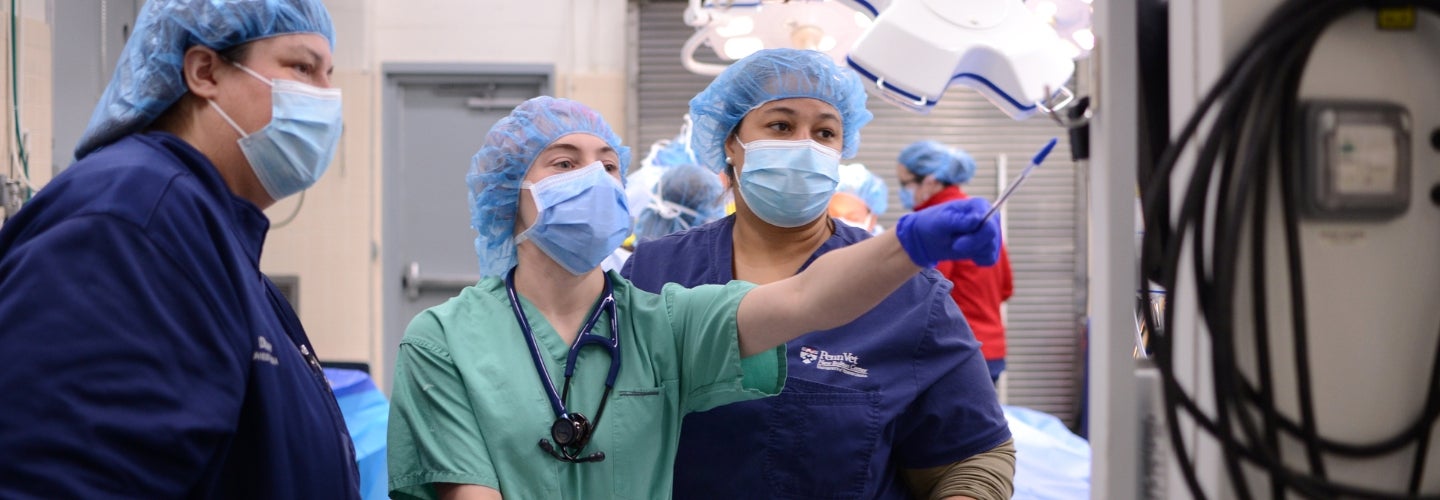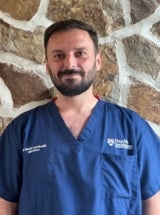
Anesthesia
What We Do
Veterinary anesthesiology has followed human medicine, providing the safest possible anesthetics, assisted ventilation, oxygen delivery, monitoring, and vital status support.
Our Anesthesia Services
Responsibilities, Equipment, and Patients
Our Anesthesia Services
Responsibilities, Equipment, and Patients
About Our Anesthesia Service
Clinical Responsibilities
Administering staff monitor vital functions including heart rate and rhythm, blood pressure, respiratory functions, and cardiac output.
They also carefully monitor anesthetic depth and recovery and measure concentrations of administered anesthetic gasses.
Equipment
New Bolton Center is provisioned with state-of-the art anesthesia equipment. We have a pool raft recovery system that helps horses recover from general anesthesia and minimizes any self-inflicted injuries during the wake-up period.
Types of Patients
Whether here for a routine procedure or complex colic surgery, anesthesia staff assist a range of patients.
Patients include:
- Zoo and wildlife animals
- Horses
- Ruminants
- Pigs
- Camelids
Our Care Team

Section Chief, Anesthesia
Bernd Driessen, DVM, PhD, DECVPT, DACVAA
Professor of Anesthesiology (CE)
Clinicians
Residents

Emma Gorenberg, VMD, DACVIM (LAIM)

Ismar Lutvikadic, DVM

Allison Mika, VMD

Miranda Starr, VMD




